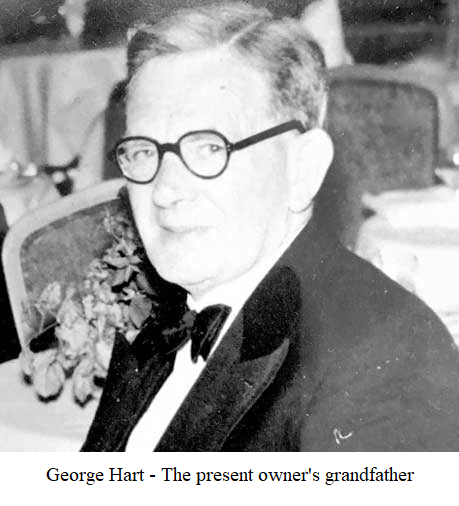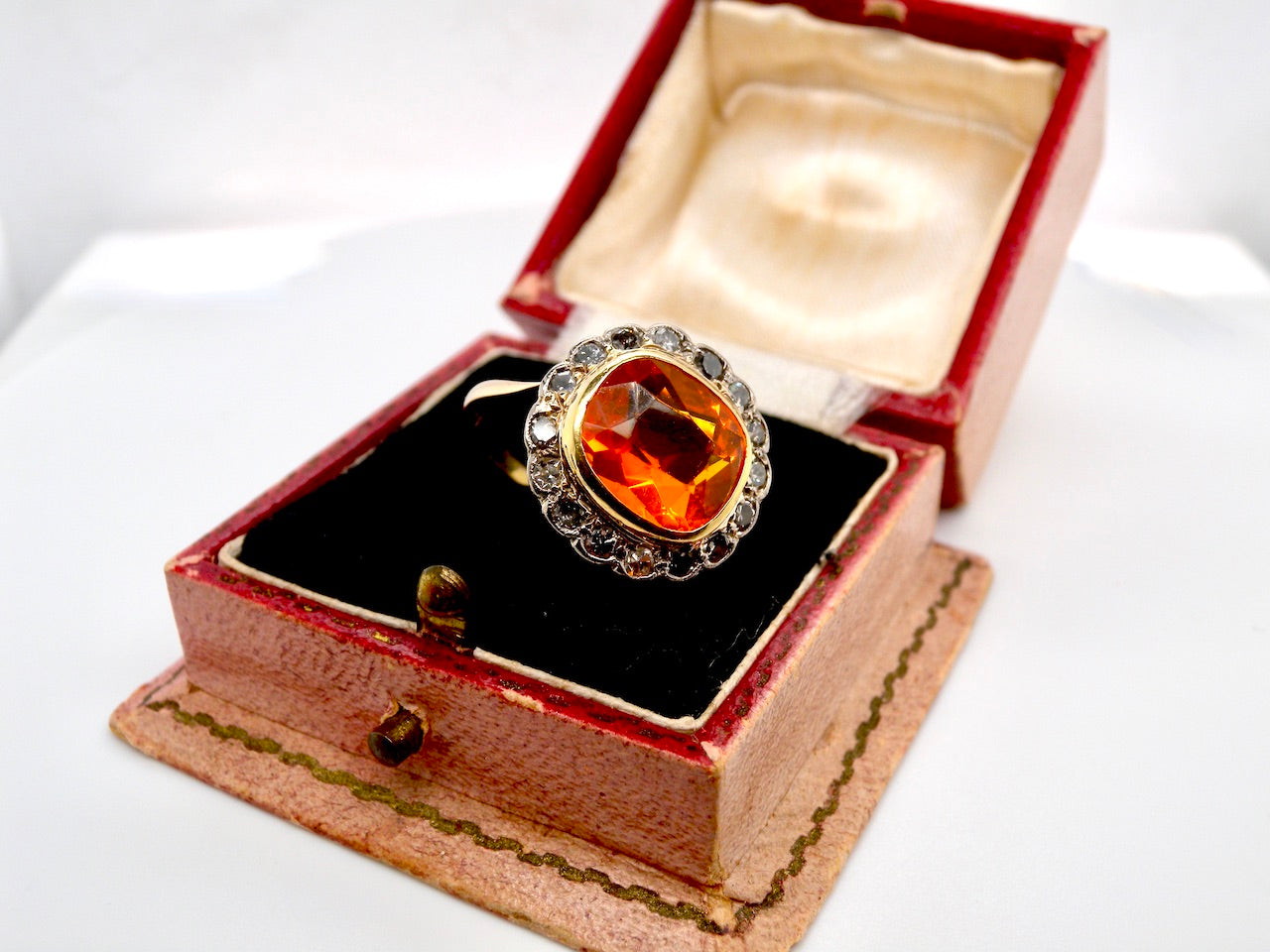I’ll never forget the first ruby I handled as a young apprentice. It was in a Victorian cluster ring, the ruby surrounded by tiny, slightly uneven old-cut diamonds. The stone itself wasn’t large, but the colour was extraordinary a glow so deep it reminded me of embers in a fire. That impression has stayed with me ever since.
Over two centuries of trading, our family has seen rubies appear in every style imaginable Georgian foiled-back settings that catch the light in a mysterious way, Edwardian pendants with delicate filigree, and bold Deco rings where rubies sit shoulder to shoulder with diamonds. However they’re set, rubies always seem to carry a certain vitality, which is why July-born collectors often seek them out first.

Ruby Through History
We often tell customers that ruby has been called the “king of gems” for centuries. Old Indian texts even claimed warriors wore them for protection in battle and when you hold a fine ruby in your hand, you can almost see why.
Victorian jewellers adored ruby cluster rings, while the Edwardians preferred refined ruby and diamond combinations. The Art Deco era embraced rubies in geometric designs, often alongside emeralds and sapphires to create bold contrasts.
The Allure of Ruby
Every collector we’ve met goes straight to colour first. The finest rubies what dealers call “pigeon’s blood” red seem to glow from within, even if the light in the room is dim. Many antique rubies show slight inclusions, but these are not seen as flaws; rather, they are proof of a natural stone.
I remember a Burmese ruby ring that passed through our hands some years ago. The stone was just over two carats, and though it wasn’t flawless, its colour was so rich that it drew attention from every collector who saw it. That’s the power of a fine ruby: it speaks for itself.
Collector’s Tips for Rubies
Colour is key: Deep, vivid red is the most desirable. Stones with too much purple or brown are less valuable.
Origin matters: Burmese rubies are the most sought after, but antique pieces from Ceylon (Sri Lanka) also hold great charm.
Settings: Look for Georgian foiled-back rubies, Victorian clusters, Edwardian rings with delicate filigree, and Art Deco geometric mounts. Each era offers something different to collectors.
FAQs About Rubies
Q: Why is ruby the birthstone for July?
AJuly’s birthstone couldn’t be anything but ruby. Its fiery red has always been linked with the heat of summer and the life-giving power of the sun. It symbolises passion, vitality, and life itself fitting qualities for July.
Q: Are rubies valuable?
A: Yes, especially fine natural rubies. Colour is the main driver of value. A smaller stone with vivid red can be worth more than a larger one with a weaker colour. Antique settings also add value for collectors.
Q: How do I know if a ruby is natural or treated?
A: Many modern rubies are heat-treated to improve colour. Antique rubies are often untreated, which makes them especially prized. When in doubt, always seek expert advice or certification.
Q: Can rubies be worn daily?
A: Absolutely. Ruby is second only to diamond in hardness, so it withstands daily wear very well. It’s not unusual for us to see ruby rings over a hundred years old that still look strong enough to wear every day.
Q: What antique ruby jewellery is most collectable?
A: Collectors are especially fond of Victorian ruby clusters, while Edwardian ruby-and-diamond rings have an elegance of their own. Deco pieces, with their bold geometry, are also in constant demand.Georgian foiled-back pieces are rarer but very desirable when they appear.
Final Thoughts
Few gemstones carry the same weight of history and symbolism as ruby.Its colour alone has inspired centuries of myth, devotion, and craftsmanship.
At Vintage Tom, we’ve been fortunate to handle rubies in every style — from Georgian rings glowing under foil to Victorian clusters and striking Deco creations. Each one reminds us why ruby has earned its place as the “king of gems.”
If you’re a July birthday or simply drawn to the fire of ruby we’d invite you to explore our ruby collection. There’s nothing quite like seeing a ruby catch the light and realising you’re looking at something that has been treasured for centuries.
You May Also Like: Identifying and Valuing Gemstones



